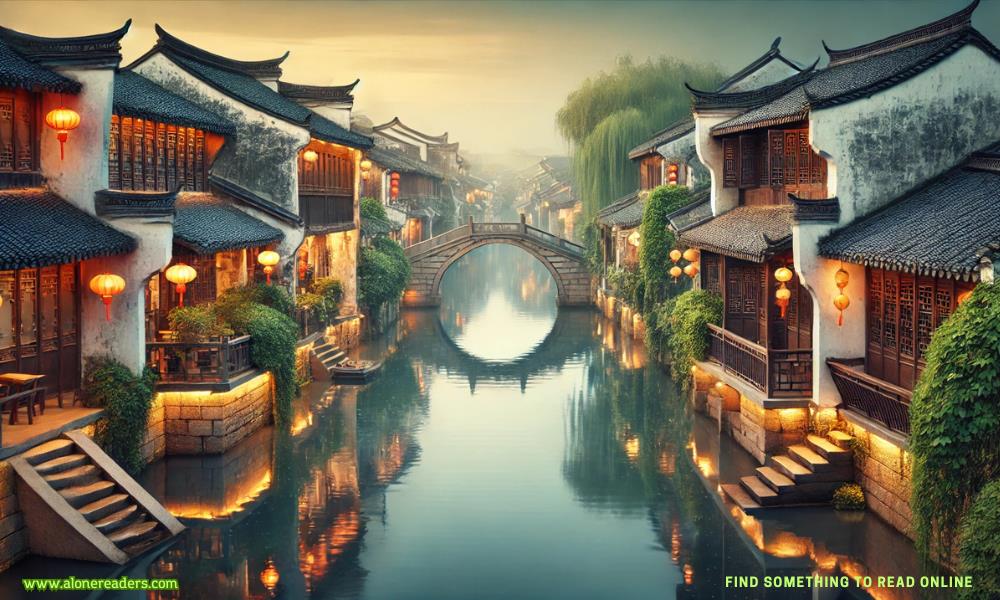
China’s Zhejiang province is home to some of the most enchanting and well-preserved ancient water towns. Often overshadowed by the bustling metropolises of Shanghai and Hangzhou, these picturesque towns offer a slower pace of life, where time seems to stand still. With their historic architecture, tranquil waterways, and authentic cultural charm, they provide a perfect retreat for those seeking a unique and peaceful escape. Join me as I take you through the highlights of these hidden gems, from must-see attractions to practical travel tips.
Zhejiang’s water towns, often referred to as the “Venice of the East,” are a network of ancient villages connected by winding canals. Among the most famous are Wuzhen, Xitang, Nanxun, and Tongli. These towns boast cobblestone streets, centuries-old wooden bridges, and traditional white-washed buildings with black-tiled roofs. Walking through them feels like stepping into a living museum, where every corner whispers stories of a bygone era.
The towns are not only beautiful but also deeply rooted in Chinese culture, with ancient temples, traditional crafts, and folk performances offering glimpses into the region’s rich heritage.
Zhejiang’s water towns are well-connected and easy to reach from major cities in China. Here’s how to get there:
Travel Tip: Always check the schedules of local buses or trains in advance, as some towns have limited services.
Here’s a closer look at some of the most charming water towns in Zhejiang:
Wuzhen
Wuzhen is arguably the most famous water town in Zhejiang. Divided into two sections—East Scenic Zone (Dongzha) and West Scenic Zone (Xizha)—it offers a mix of history, culture, and modern comfort. Stroll through the narrow lanes, take a serene gondola ride on the canals, and visit the Hundred-Bed Museum, showcasing intricately carved antique beds.
Xitang
Known for its romantic atmosphere, Xitang has featured in movies like Mission: Impossible III. Its covered corridors, ancient bridges, and bustling streets filled with shops and cafes make it a delightful destination for exploration.
Nanxun
Less crowded and more tranquil, Nanxun offers a perfect blend of elegance and authenticity. Its European-influenced architecture reflects the town’s prosperous past as a silk trade hub. Don’t miss the Liu Family Mansion and the Xiaolian Well.
Tongli
Though technically in Jiangsu Province, Tongli is close enough to Zhejiang to include in your itinerary. Famous for its network of canals and the beautiful Retreat and Reflection Garden (a UNESCO World Heritage Site), it’s an excellent choice for culture enthusiasts.
Zhejiang’s water towns offer a range of accommodations to suit every budget:
Zhejiang cuisine is known for its fresh, mild, and slightly sweet flavors. Don’t miss these local specialties:
Travel Tip: Visit the small, family-run restaurants in the towns for authentic and affordable meals.
Here’s a rough breakdown of expenses for a two-day trip to one of Zhejiang’s water towns:
| Expense | Estimated Cost (per person) |
|---|---|
| Transportation | 100-200 CNY ($14-28 USD) |
| Accommodation | 200-500 CNY ($28-70 USD) |
| Entrance Fees | 100-150 CNY ($14-20 USD) |
| Meals | 100-200 CNY ($14-28 USD) |
| Souvenirs/Extras | 50-100 CNY ($7-14 USD) |
| Total | 550-1,150 CNY ($78-160 USD) |
Conclusion: A Treasure Trove of Tranquility
Zhejiang’s ancient water towns are a testament to China’s enduring cultural heritage and natural beauty. Whether you’re gliding along the canals in a wooden boat, savoring local delicacies, or simply soaking in the peaceful atmosphere, these towns offer an unforgettable experience. So pack your bags, step off the beaten path, and discover the charm of Zhejiang’s water towns.